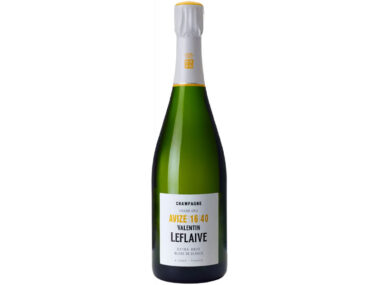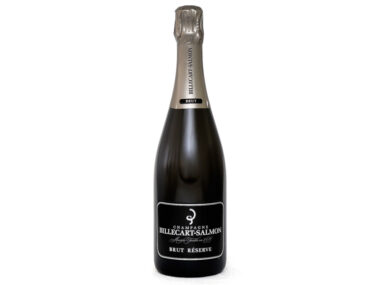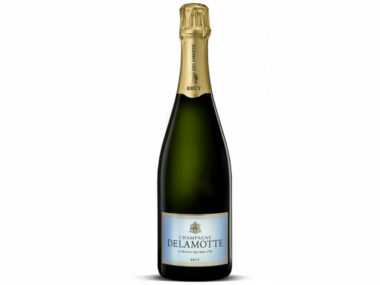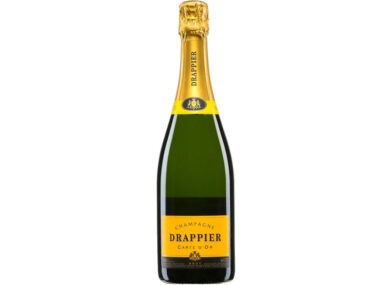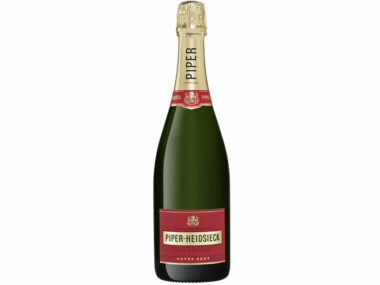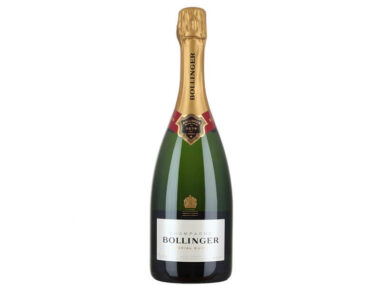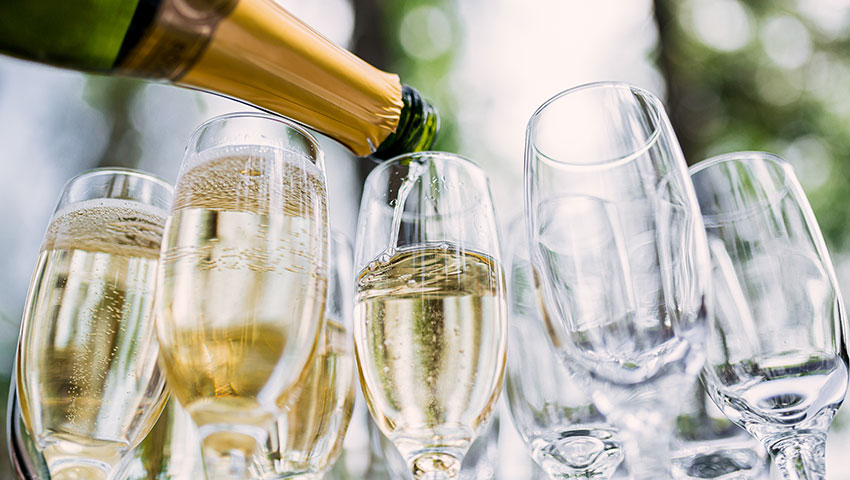
Let’s be honest, there’s nothing quite like the satisfying pop of a Champagne cork. That sound just screams celebration, doesn’t it? It’s become the go-to signal for all the big life moments – weddings, anniversaries, new jobs, babies, new homes… and honestly, any excuse you can find. Because really, Champagne is meant to be enjoyed, not tucked away in a cellar. It rarely gets better with age anyway. And since it’s the festive season, no time like the present to enjoy!
But let’s face it, Champagne isn’t exactly cheap, so you want to make sure you’re getting something good for your money. And we feel the same way. So, in the name of public service (it was tough, but someone had to do it!), we’ve 7 Champagne’s to tantilize your Christmas and New Years!
So, where does it come from?
Champagne, the wine, gets its name from the Champagne region of France – and that’s not just a coincidence. It’s the only place allowed to produce true Champagne. This region has a long and famous winemaking history, and its vineyards stretch across roughly 84,000 acres, encompassing areas like Montagne de Reims, Vallée de la Marne, Côte des Blancs, Côte de Sézanne, and The Aube.
Let’s talk about what Champagne actually tastes like.
Like any wine, Champagne’s flavors can really vary. But there are some common threads. You’ll often find citrusy, creamy, and toasty notes as a sort of base. What makes a Champagne really stand out (and often tells you about its quality) is the fruitiness. You might get lighter citrus like grapefruit or mandarin, or, in fancier bottles, you’ll find stone fruit flavors like peaches, apricots, or even prunes.
As Sandia Chang, a top sommelier and co-owner of the Michelin-starred Kitchen Table, puts it, “The grapes used really influence the taste.” She explains that Chardonnay tends to give you citrus and green fruit – think green apple, lemon, and gooseberry. Pinot Noir brings the red fruit flavors like strawberries, red currants, cherries, and red apples. And Pinot Meunier adds structure and some spice, like licorice and nutmeg.
Chang also makes a great point: “Happy grapes make good wine.” If the winemakers are using good quality grapes and taking care of their vineyards, it shows in the final product. Balance is key – you don’t want it too acidic, too fruity, or too oaky. It’s like a chef making soup or sauce – you want all the flavors to work together, not have one overpowering the others.
Luxury & demand
In June of 2024, a Sotheby’s auction of rare and large-format champagnes, dubbed the “Ultimate” champagne sale, achieved €1.35 million in total sales. The auction featured prestigious cuvées and sought-after vintages, with strong bidding from collectors worldwide. The overall success of the Champagne sale demonstrates the continued strong demand for fine and rare champagnes in the auction market. There’s a drop for every taste and budget!
So, which Champagne should you buy?
Here’s what we found – our top picks, chosen by our Jacques Scott team – all on sale in the month of December!
Dive into the bubbles!
We’re often asked Champagne questions so, let’s break down the differences between Champagne, Prosecco, Cava, and Crémant in a way that feels more natural and less robotic.
Champagne: The King of Bubbles
Everyone’s heard of Champagne, right? It’s the classic celebratory drink. But what actually makes it Champagne? Well, it’s more than just location, though that’s a big part of it. It has to come from the Champagne region of France. But the real magic is in the winemaking process: méthode traditionnelle. This means the wine goes through a second fermentation inside the bottle, which is what gives it those tiny, persistent bubbles we all love. They usually use a blend of Pinot Noir, Pinot Meunier, and Chardonnay grapes.
When you’re choosing a Champagne, you might see terms like “cuvée” and “brut.” Cuvée generally means the first pressing of the grapes, which is considered the highest quality juice. Brut is a term you’ll see on lots of sparkling wines, and it simply means it’s on the drier side, with less sugar.
Prosecco: Italy’s Bubbly Darling
Prosecco is Italy’s answer to bubbly, and it’s definitely got its own charm. It mostly comes from the Veneto region and uses Glera grapes. The key difference here is how it’s made: the Charmat method. This means the second fermentation happens in a big tank, which gives Prosecco a lighter, fruitier profile. It tends to be a bit sweeter than Champagne, too.
Cava: Spain’s Sparkling Surprise
Cava, from Spain, is actually closer to Champagne in terms of how it’s made. They use the same méthode traditionnelle (they just call it something different in Spanish), which gives you those fine bubbles and a nice minerality on the palate. They use their own local grapes like Macabeo, Parellada, and Xarel-lo, which gives it a unique Spanish twist.
Crémant: Champagne’s French Cousin
If you want something really similar to Champagne but from a different part of France, look for Crémant. It’s made using the exact same méthode traditionnelle as Champagne, just in other French regions. Crémants often have a creamier texture and can be a bit drier than Champagne, but it depends on the producer.
Basically, each of these sparkling wines is deeply connected to where it comes from, showcasing the traditions and flavors of its region.
A Quick Note on Dosage
You might hear about “dosage” with Champagne. It’s basically adding a little bit of sugar (mixed with reserve wine) to balance out the acidity. Because the Champagne region isn’t known for tons of sunshine, the grapes can be quite acidic. The dosage helps make the wine more enjoyable. Unless you’re drinking a Demi-sec (which is noticeably sweet), you probably won’t even taste the sugar. It just rounds out the flavors and can give the wine riper fruit notes.
Serving Champagne Like a Pro
Champagne has a history of grand gestures (think sabering bottles or smashing them against ships), but for everyday enjoyment, a few simple things will do. You want it chilled, but not ice-cold – just a degree or two above fridge temp. An ice bucket is fine, but don’t leave it in there for hours.
As for glasses, you’ve got coupes and flutes. Wine experts might tell you neither is perfect for both temperature and aroma, but a flute is probably the most practical. Tulip-shaped glasses are a good middle ground, as they help keep the bubbles lively. And if you’re going all out with some caviar, a dry (Brut) Champagne with good acidity is the perfect pairing to cut through the saltiness.
